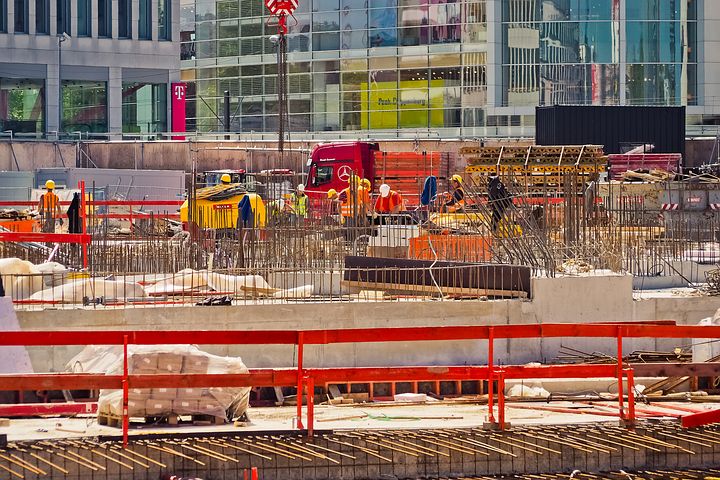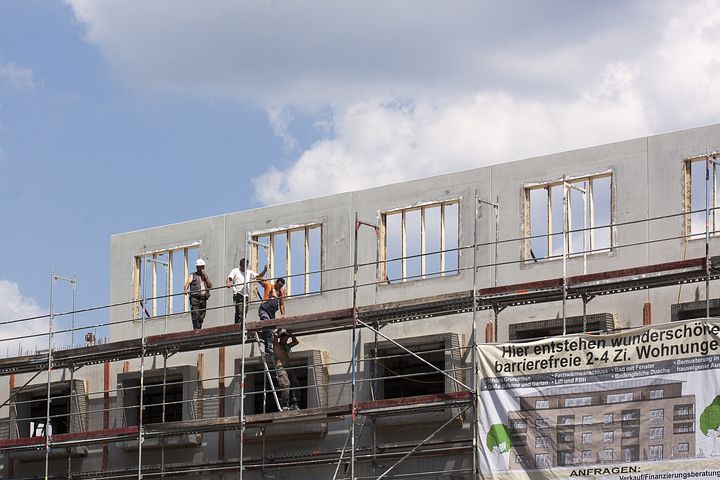Have you come across scaffolding for sale but are unsure if the price tag is warranted?
Aside from seeking out a warranty, there are some helpful tips to consider when buying an item for a building project.
Let’s run through them before proceeding with the transaction.
In Line With Modern Scaffolding Standards
Working in accordance with workplace law is fundamental for any Australian business or project manager. Seeking out for scaffolding does not relieve any individual of their responsibility to find a model that is legally sound because the ramifications of using a structure that has not been cleared for inspection will lead to financial and physical damages. Practitioners will be shortchanged if it is purchased from a brand that does not adhere to these standards.
Ease of Assembly
There are three core formats that will be examined when looking at scaffolding as they can be broken down into rolling, suspended or supported designs. What can be key with each of these elements is the need to have a user-friendly and easy assembly process. Even professional developers find it timely and costly to invest their own endeavour in erecting and taking down a structure during the project. If the instruction manual comes included as part of the package and a free online video tutorial can be ascertained to walk you through the steps, that will be very handy.
Durable Material
It is important to note that a search for scaffolding can be undone if the material that is originally sourced cannot stand up to basic scrutiny. This will include appropriate load bearing, proximity to hazards and exposure to the elements – namely extreme weather conditions. The best types of materials in these settings can be found with tubular, steel and aluminium, each one providing a degree of strength and resistance against rain, wind, heat and consistent use by team members during development.
Right Profile of Design

Identifying scaffolding that is of high quality could be enough to convince a sight manager or commercial operator to invest in the product. Yet it is important to note that a client can be shortchanged simply because their item is not compatible with the terrain or it is not suited to the amount of traffic and weight loading that will be pressured on the poles, railings and planks. From single to double poles, steel models, suspended designs or trestle products, often the best choice will surround what the nature of the project will be and how it will integrate into the setting of the building.
Industry Pricing Adherence
The prices that are on offer when it comes to scaffolding can fluctuate depending on a range of factors. It will take into account the diameter of the design, the strength and durability of the material, the complication of the construction, the quantity and quality of the supporting features and any added fees like transport and GST. To get a better gauge of what could be charged by an outlet, a two-metre item can set a builder back approximately $2,000-$3,000 with a 4-metre brand usually marketed at twice that valuation. It could be deemed more affordable and practical for the project manager or client to hire the equipment at a discounted rate, ensuring that they do not need to carry the burden of owning the good outright.
Summary
You won’t be shortchanged as a client when seeking scaffolding if you do some basic homework and check to see what the industry standards and expectations are. These structures are not short-term investments if they are purchased on site rather than rented for a single project. They enable specialists to carry out their task with a greater sense of authority, urgency and safety, covering all of their bases at once.


Recent Comments